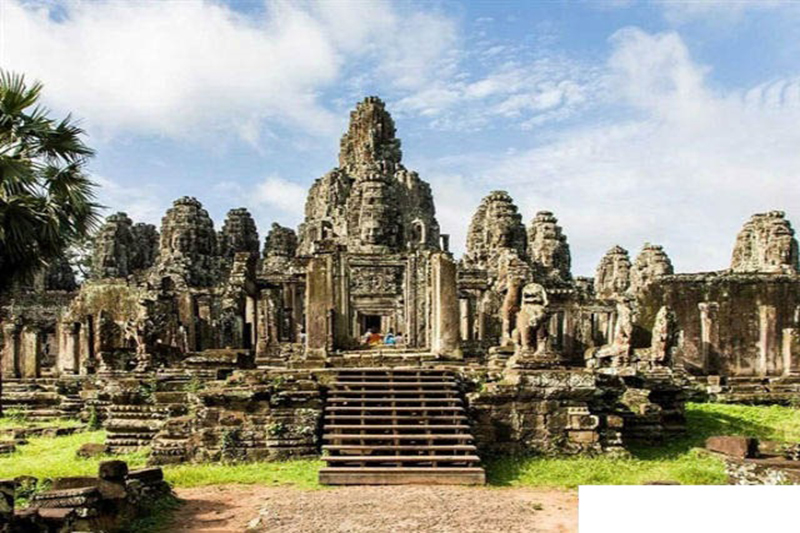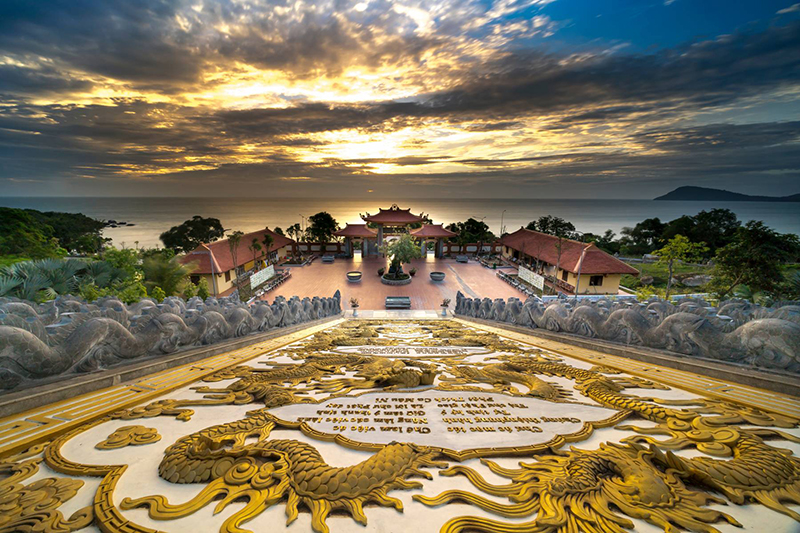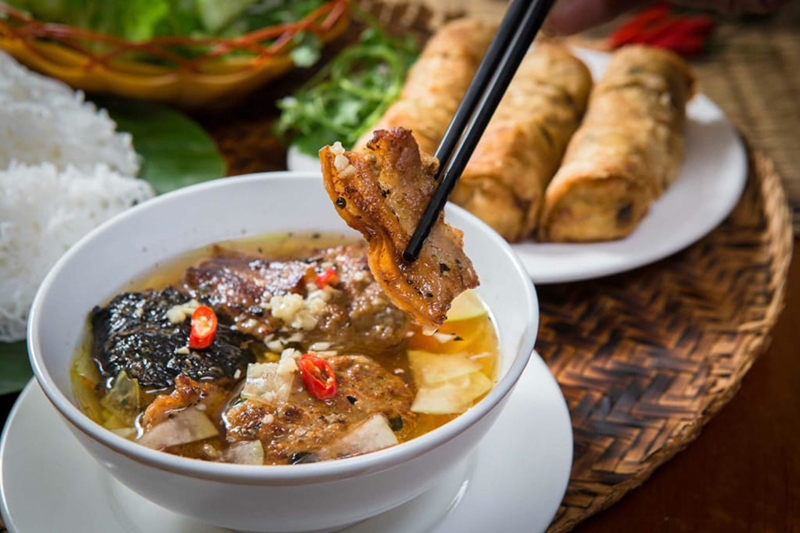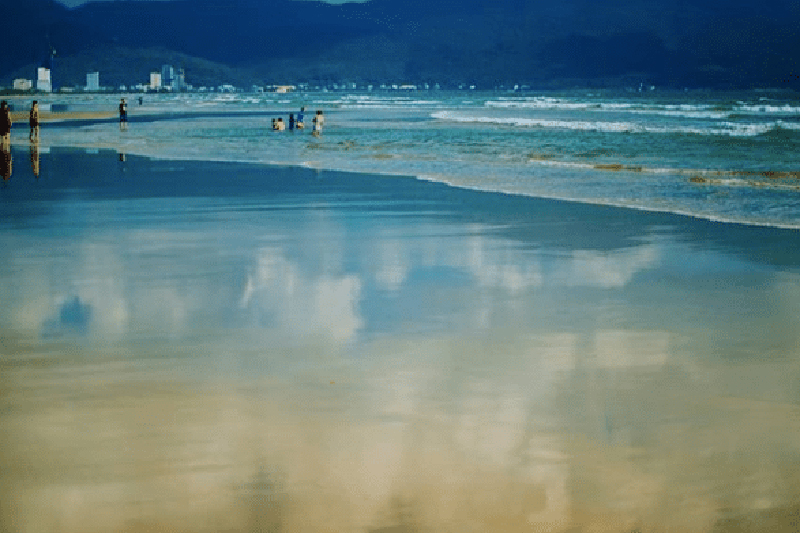-

Booking Tips for Hotels in Vietnam: What Every Traveler Should Know
-
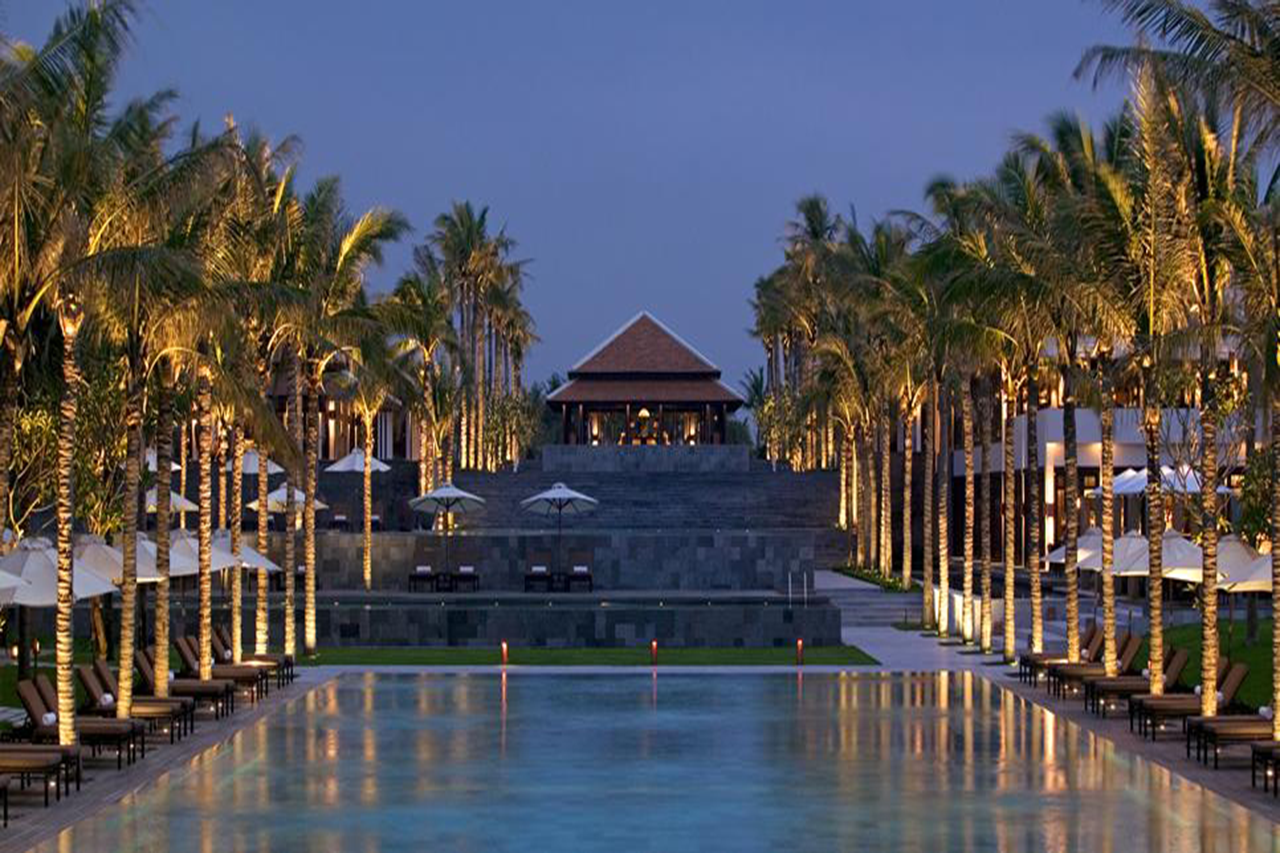
Exploring Local Culture Through Your Hotel Stay in Vietnam
-

Family-Friendly Hotels in Vietnam: Comfort for All Ages
-
.png)
Vietnamese Design Meets Global Comfort: Aesthetic Trends in Hotels
-
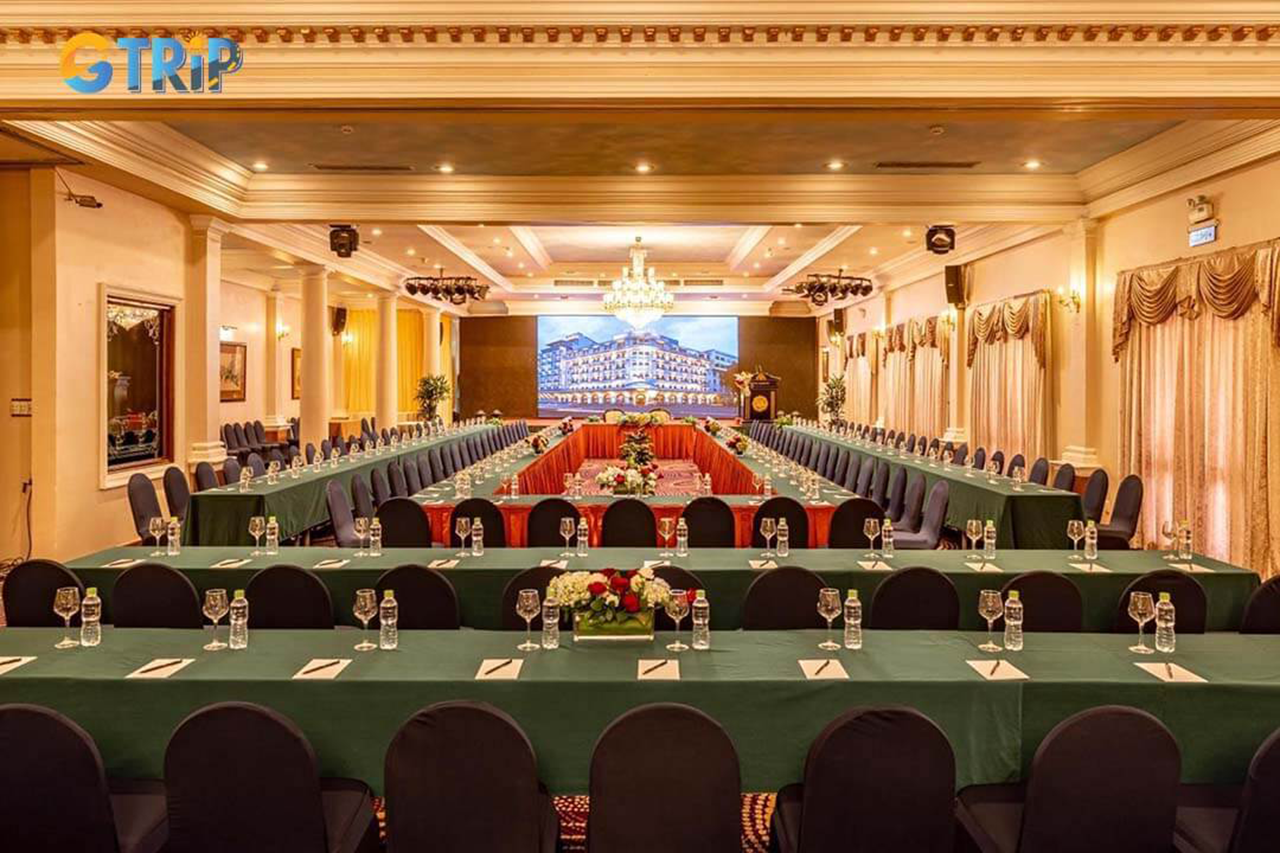
Business Travel in Vietnam: Hotels That Understand the Modern Professional
Hue Imperial City – The Former Capital of Vietnam
✨ A Journey into Vietnam’s Regal Past
Nestled along the banks of the Perfume River in Central Vietnam, Hue Imperial City is a UNESCO World Heritage Site and one of the country’s most important cultural landmarks. Once the capital of the Nguyen Dynasty (1802–1945), Hue is the cradle of Vietnam’s royal legacy, preserving ancient architecture, imperial tombs, and court traditions.
🏛️ What to See
-
The Citadel (Kinh Thanh): Surrounded by thick stone walls and a wide moat, the Citadel houses the Imperial Enclosure and Forbidden Purple City — where the emperor and royal family once lived.
-
Thien Mu Pagoda: Perched on a hill overlooking the river, this iconic seven-story pagoda is one of the oldest and most picturesque religious structures in Vietnam.
-
Royal Tombs: Scattered along the riverbank are the serene tombs of emperors like Tu Duc, Minh Mang, and Khai Dinh — architectural masterpieces blending Confucian, Buddhist, and French elements.
-
Hue Royal Court Music (Nhã Nhạc): Recognized as UNESCO Intangible Cultural Heritage, this traditional music was once performed during royal ceremonies and festivals.
🍵 Cultural Experiences
-
Take a dragon boat ride on the Perfume River at sunset.
-
Dress in royal costumes and explore the Forbidden City.
-
Try imperial cuisine — artfully presented dishes once reserved for royalty.
🧭 Why Visit?
Hue offers a peaceful and reflective atmosphere, ideal for travelers interested in Vietnamese history, spirituality, and cultural depth. The ancient walls whisper stories of emperors and courtiers, while the scent of incense lingers near moss-covered temples.
Related articles

